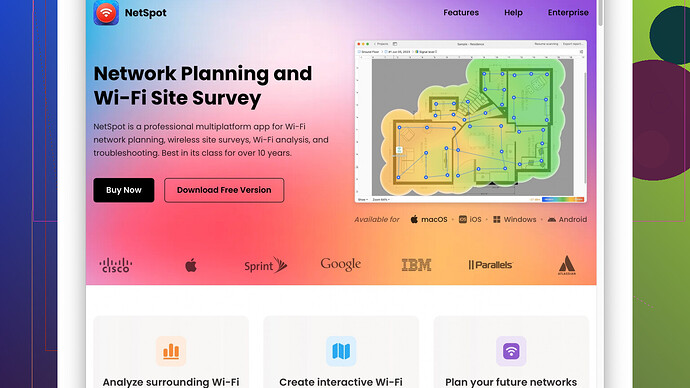Buffering issues and video call disconnects? Been there, it’s a pain. You’ve repositioned the router and it’s still weak, so let’s get into some advanced tricks and gear recommendations.
-
Upgrade Your Router: If you’re still using an old router, it’s time to upgrade. Newer models support the latest WiFi standards (WiFi 6E if you can splurge) that provide better range and performance. Think Netgear Nighthawk or Asus RT-AX series - they’re beasts.
-
Dual-Band or Tri-Band Routers: These routers can broadcast on multiple frequencies. Dual-band routers can split the load between 2.4 GHz and 5 GHz channels. Tri-band goes a step further, adding even another 5 GHz band. This reduces congestion and improves performance.
-
Opt for Mesh WiFi Systems: These are excellent for larger homes or places with a lot of dead spots. Systems like Google Nest WiFi or Eero blanket your home with strong signals, ensuring you get good coverage everywhere.
-
WiFi Extenders: Not the best solution but a quick fix. Devices like the TP-Link RE650 can extend your network’s reach. Place them halfway between the router and the dead spots for optimal performance.
-
Powerline Adapters: They use the electrical wiring in your house to extend the signal. Hook one up to your router, plug the other one in another room - boom, you’ve got internet there. Try the TP-Link AV2000 model.
-
Change the Channel: WiFi channels can get crowded, especially in apartment buildings. Use your router admin page to switch to a less congested channel. Look at channels 1, 6, or 11 on 2.4 GHz for example.
-
Check for Interference: Household devices like microwaves, cordless phones, or even baby monitors can mess with your WiFi signal. Keep your router away from these.
-
Update Firmware: Routers have firmware just like computers and phones. Make sure yours is up to date to benefit from security patches and performance improvements.
-
Antennas Matter: Some routers come with external adjustable antennas. Point them perpendicular to each other (one vertical, one horizontal). You’d be surprised how much this simple trick helps.
-
NetSpot
Site Survey Software: Use this tool to map out the best spots in your house for WiFi coverage. It lets you see where your signal strength is the strongest (and weakest). You can download it from https://www.netspotapp.com. Seriously, it’s like having X-ray vision for WiFi. -
Security: Make sure you’re using WPA3 if possible. Not only is it more secure, but older, less secure protocols can drag down your network speed.
-
Quality of Service (QoS): Most modern routers offer QoS settings, which can prioritize bandwidth for certain applications or devices. Perfect when video calls need to be butter smooth, no more cousin’s Fortnite session ruining your Zoom meeting.
-
Commercial Routers: Another level is to consider commercial-grade routers and access points. Here’s where brands like Ubiquiti UniFi come into play. More complex to set up but professional-level reliability and performance.
-
Wired Connections: Don’t forget about wired connections. For devices that can use them (like a Smart TV or gaming console), an Ethernet cable will always beat WiFi.
-
Router Placement Tips: While you said you already tried repositioning, make sure it’s not obstructed by walls or furniture. Elevate it if possible and centralize its position relative to your usual device locations.
Hope this helps you get a speed boost. Happy streaming!
